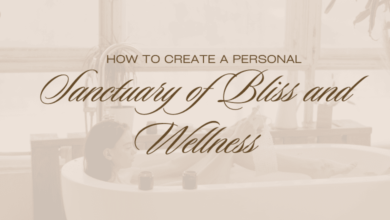Everything to Keep in Mind Before You Send Sympathy Flowers
Learning the symbolism of flowers was a favorite hobby during the Victorian era. Back in the 1800s, people used flowers to express love, say thanks, express commiseration, and say congratulations. Much like today, they also loved to send sympathy flowers for a funeral.
Read on for etiquette of gifting a bereavement bouquet–from which blooms to choose to what to write on sympathy flowers.
Sympathy Flowers or Funeral Flowers?
Both sympathy flowers and funeral flowers are a traditional way to pay tribute to your relationship with someone who’s recently passed. The family members who receive them are sure to feel touched by the gesture.
Sympathy Flowers
If you knew the deceased well, you could send a small bouquet of sympathy flowers to the home of their immediate family. These arrangements are designed for decorative display in a family home. You should address the flowers directly to the family and include a personalized note that shows you knew their lost loved one well.
Funeral Flowers
On the other hand, funeral flowers are sent to the funeral home to be displayed at the service. They’re typically more extensive arrangements, like standing sprays, crosses, or wreaths. They may be sent by the company the deceased worked for, associations he was a member of, business associates, distant relatives, and other acquaintances.
Timing Is Everything
Flowers to send for sympathy aren’t as time-sensitive as funeral flowers.
You can send sympathy flowers as soon as you hear of the death or as much as a few weeks later. In fact, sending flowers sometime after the service can be a thoughtful way to help the family through their bereavement period. You may even send sympathy flowers to mark later anniversaries of a loved one’s passing.
Whichever timeframe you choose, be sure to book your blooms in advance by calling 1-800-Florals or another florist near you. Florists are always busy and appreciate advanced notice of an order.
Always Include a Condolence Card
As hard as it may be to find the right words, it’s essential not to leave the card you send with your bouquet blank.
If you are close with the deceased’s family, you can write a personalized note explaining what their loved one meant to you. Otherwise, a simple message of condolence is always appropriate. End the message with an encouraging or uplifting statement, then sign off with your first and last name.
If you have the option, try to choose a card that aligns with the sympathy flowers’ color. That way, the card won’t overshadow the sentiment of the bouquet.
Bloom Selection Matters
When picking out the best blooms for the occasion, resist the urge to choose your favorite blossoms or sympathy flowers color. Instead, if you know the favorites of the deceased, pick those. If you don’t, send flowers with appropriate symbolism.
The following are popular choices for sympathy bouquets:
- Lilies symbolize innocence and purity
- Orchids symbolize platonic or familial love
- Freesias symbolize friendship
- Chrysanthemums symbolize support
- Forget-me-nots symbolize remembrance
Try to avoid bright colors and flowers associated with romance or happiness: roses in general (aside from white roses), tulips, or daisies.
It’s Kind to Send Sympathy Flowers
Whatever the occasion for commiseration, making an effort to send the best sympathy flowers tells the recipient you care about them. Just be sure to pick blooms with an appropriate meaning, keep the bouquets a manageable size, and order them in advance to ensure they arrive fresh and at an opportune time.
For more articles on living life the right way, head back to our website.






